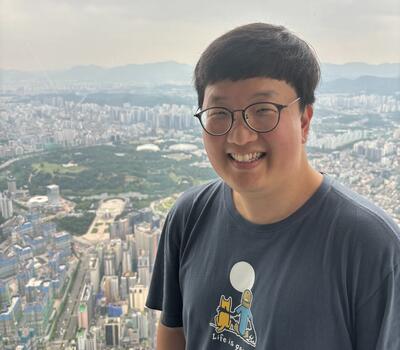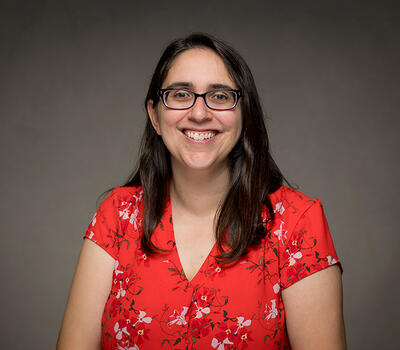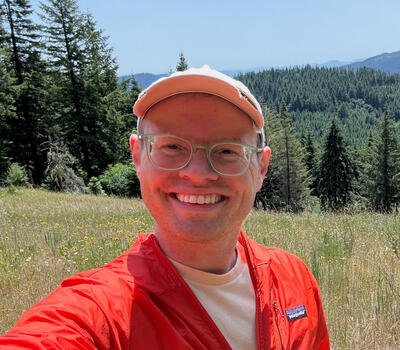Overview
The Artificial Intelligence and Robotics (AIR) group studies theory, algorithms, and systems for making intelligent decisions in complex and uncertain environments. The research covers most aspects of AIR including perception and interpretation of sensor data, learning about environments, learning to make decisions, automated planning and reasoning, and interaction of AIR systems with each other and with humans. The group studies AIR systems for both virtual and physical worlds under varying levels of autonomy, ranging from decision support systems to full autonomy.
The research is grounded in a wide range of applications. Example decision support applications include forest fire management, species conservation, emergency response, and precision agriculture. Our robotics applications include intelligent wheel chairs, ocean exploration, medical applications, and agriculture.
The faculty members in this research group are also part the Collaborative Robotics and Intelligent Systems (CoRIS) Institute. This interdisciplinary group is made up of 25 core faculty researchers and 180 graduate students, and another 40 collaborators across the university who apply robotics and AI in their work. The institute is committed to exploring the impact of robotics and AI on individuals and society through its three principal impact areas: academics, research, and deployed systems and policy.
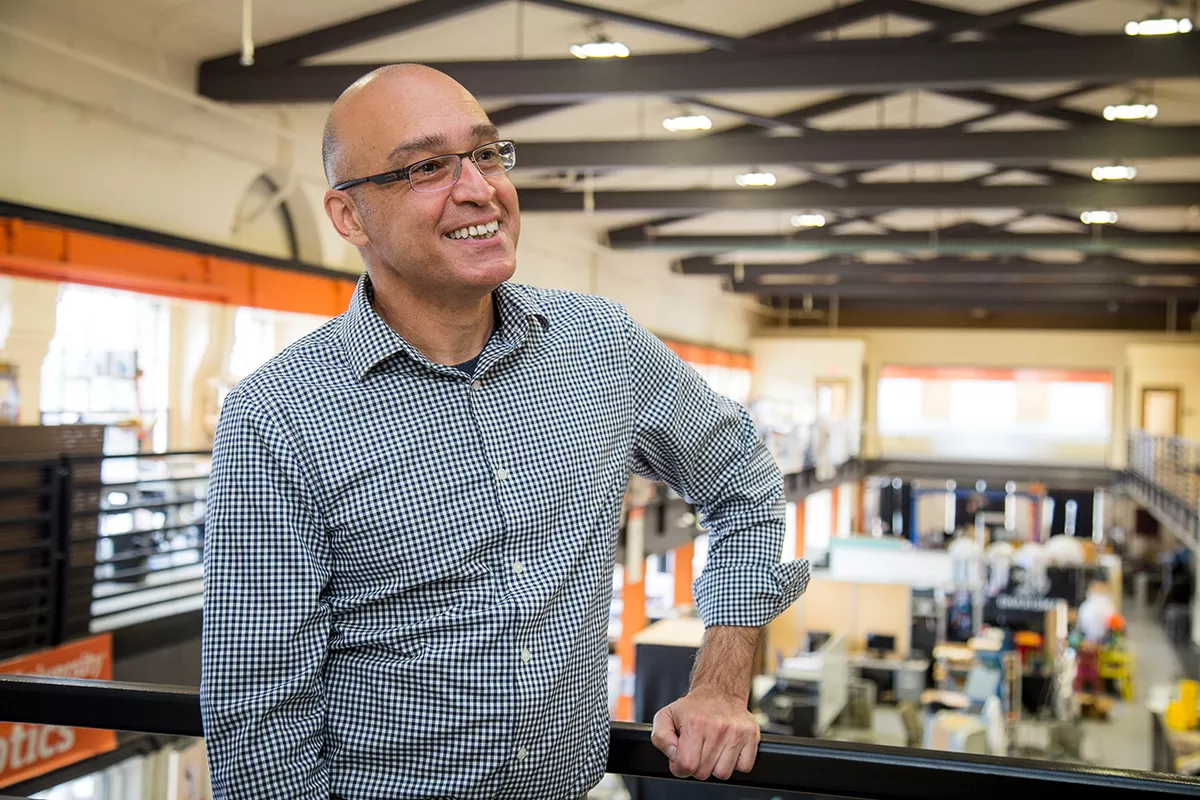
Sub Areas
- Automated Decision Making and Control
- Machine Learning and Data Mining
- Computer Vision
- Natural Language Processing
- Robotics
Faculty
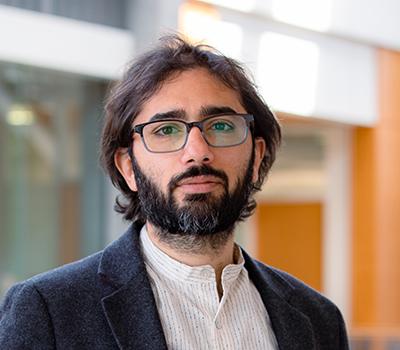
Houssam Abbas
Design, control and verification of cyber-physical systems; ethics in AI
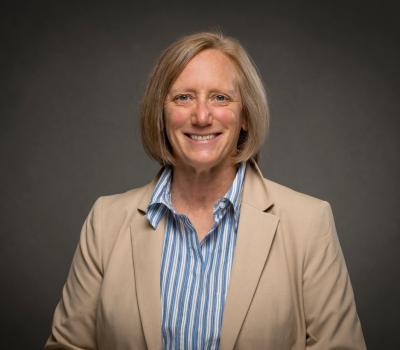
Julie A. Adams
Distributed artificial intelligence; robotics; human-machine teaming; human-computer interaction; human-robot interaction
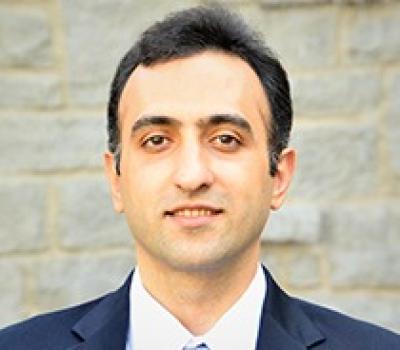
Alireza Aghasi
alireza.aghasi@oregonstate.edu
Data science and machine learning; signal and image processing; optimization theory; statistics and probability theory

Lizhong Chen
CPU and GPU architecture; high-performance computing; machine learning accelerators; data centers; natural language processing.

Jason Clark
Polymechatronics; electro micro metrology; microrobotics; artificial engineering; computer-aided design and engineering; intelligent tutoring systems

Thomas G. Dietterich
Machine learning; safe and robust AI systems; sensor networks; intelligent user interfaces

Patrick Donnelly
Patrick.Donnelly@osucascades.edu
Deep learning from non-speech audio; educational data mining from audio; large imbalanced datasets; machine learning in the musical domain

Alan Fern
Artificial intelligence, including machine learning, data mining, and automated planning/control

Xiaoli Fern
Machine learning; data mining; unsupervised learning; ecosystem informatics; natural language processing

Xiao Fu
Topic modeling; large-scale structured matrix/tensor factorization algorithms; multivew analysis, canonical correlation analysis; hyperspectral imaging

David Hendrix
Motif finding; non-coding RNA structure and function analysis; apps of machine learning to computational biology; deep sequencing data analysis
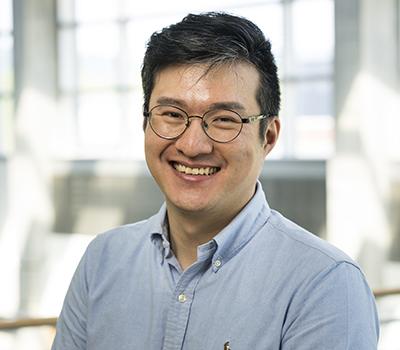
Sanghyun Hong
Security, privacy, and machine learning, especially on building secure and reliable AI systems from a systems security perspective

Liang Huang
Natural language processing, including parsing and translation; structured machine learning; computational structural biology (RNA and protein folding); deep learning
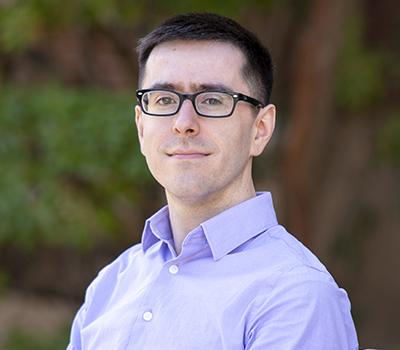
Stefan Lee
Computer vision; natural language processing; deep learning; machine learning.
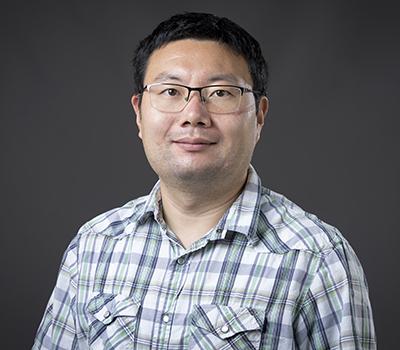
Fuxin Li
Computer vision; deep learning; machine learning; segmentation-based object recognition and scene understanding; spatio-temporal video analysis.
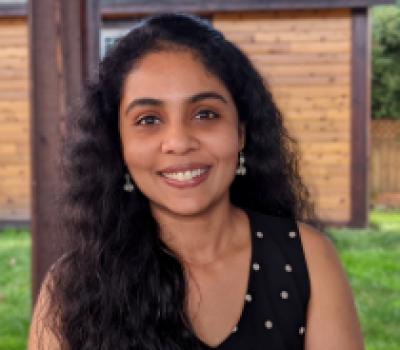
Karthika Mohan
karthika.mohan@oregonstate.edu
Causal inference; graphical models; AI safety

Raviv Raich
Adaptive sensing/sampling; manifold learning; sparse representations for signal processing.

Stephen Ramsey
Machine learning; computational systems biology; bioinformatics; integrative computational methods to map gene regulatory networks
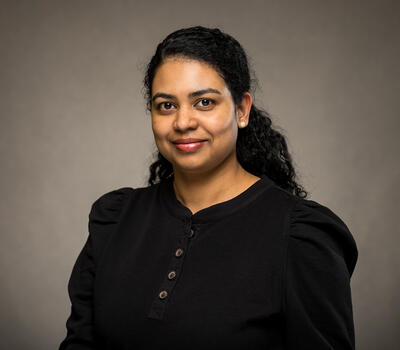
Sandhya Saisubramanian
Automated planning, reinforcement learning, safe and reliable AI.

Prasad Tadepalli
Artificial intelligence; machine learning; automated planning; natural language processing.
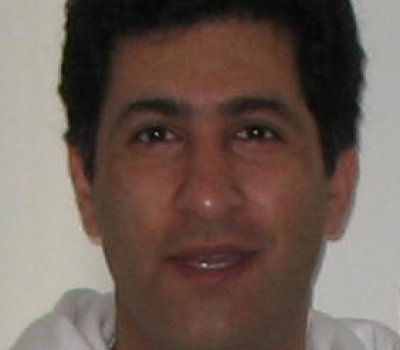
Arash Termehchy
Reasoning and ML on raw data; reasoning and ML on structured data; scalable and robust ML; data systems; human-data interaction

Sinisa Todorovic
Object recognition; region / shape matching; texture; video object segmentation; stochastic image grammars.
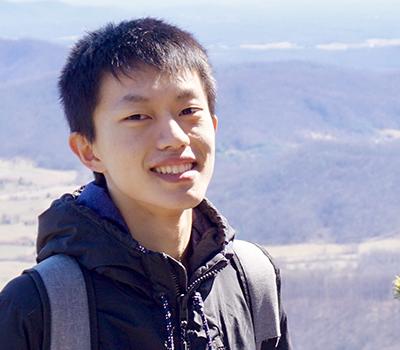
Huazheng Wang
Machine learning; reinforcement learning; information retrieval; data mining

Weng-Keen Wong
Machine learning; probabilistic graphical models; anomaly detection; human-in-the-loop learning; computational sustainability.
Affiliated Faculty
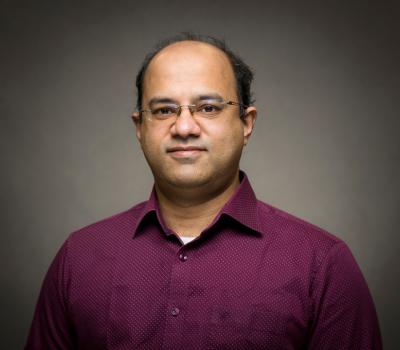
Ravi Balasubramanian
ravi.balasubramanian@oregonstate.edu
Robust operation in unstructured environments; neural control and biomechanics

Matthew Campbell
Design automation and optimization; graph topology optimization; artificial intelligence in engineering design; automated manufacturing planning; product design and development

Geoff Hollinger
geoff.hollinger@oregonstate.edu
Planning, coordination, and learning techniques for autonomous robotic systems

Bill Smart
Improving interactions between people and robots; enabling robots to be self-sufficient; robots as personal assistants for people with severe motor disabilities

Kagan Tumer
Learning, optimization & control in large complex systems; learning & coordination in multiagent systems; distributed reinforcement learning; evolutionary algorithms for control & optimization



